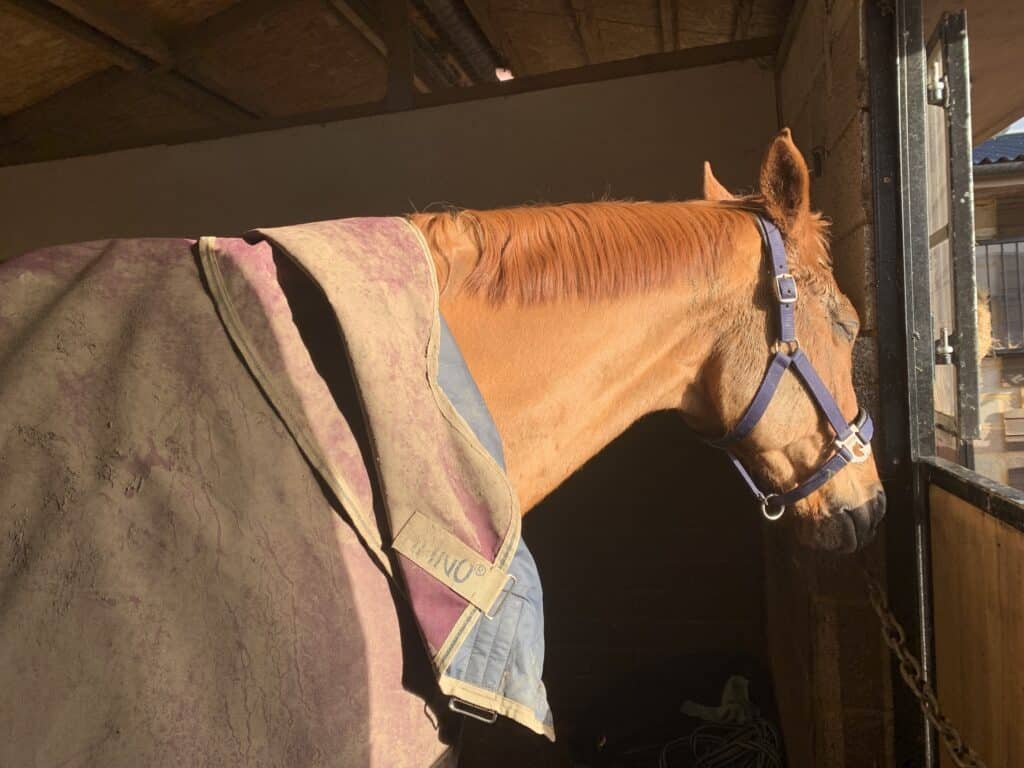First Aid, Veterinary
First Aid Facts: Shock – how do you know if your horse goes into shock?
Would you know if your horse was in shock? The Horse Hub asks equine vet Alex Paterson what the signs are and, what we should do
Shock in horses as with people, should always be treated as an emergency. Often fluid loss is a major cause of shock in horses however, it is more likely to be the result of a traumatic injury associated with fear.
Blood loss, pain, dehydration, serious infection and, serious colic can all lead to the horse’s circulatory system shutting down, resulting in organ failure and ultimately death.
What are the signs of shock in horses?
- Shaking / shivering
- High heart rate
- No gut sounds
- Pale or blue tinged mucous membranes
- Weak pulse
- Rapid breathing
- Slow capillary refill time
- Cold ears, muzzle and limbs
- Cold sweats
What can you do while waiting for the vet to arrive?
- Check for wounds and take appropriate first aid action
- If the horse is impaled or has a penetrating wound, do not remove the object
- Calm the horse. Nibbling on a haynet or encouraging eating is a good calmer, providing you do not think general anaesthesia might be needed
- Encourage the horse to drink luke warm water is best – fluid loss is a common cause of shock
- Keep the horse warm and rug appropriately. Stable if possible but, ensure the horse is not overheated

Possible veterinary treatment
- Profuse bleeding will need to be controlled
- Serious infection will need antibiotics and possibly other supportive drugs
- Fluid therapy is usually needed when treating shock in horses. If the horse is unable to drink, then it may need hospitalisation and intravenous fluids.
Read more First Aid Facts
